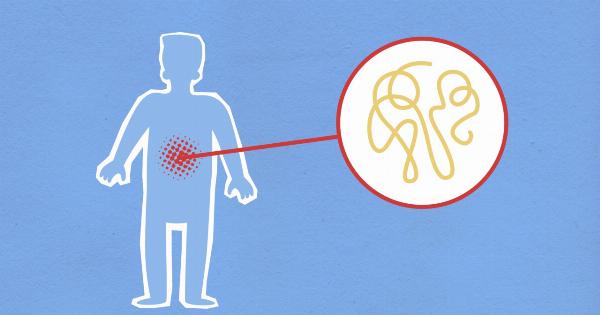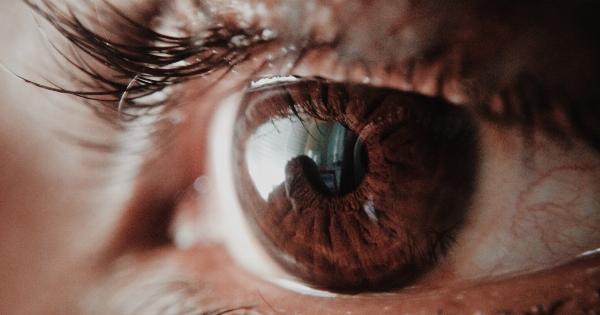Scheerer’s phenomenon is a fascinating visual phenomenon that can greatly impact how we perceive the world around us. It involves the observation of shimmering colors when looking at a uniform field of stripes or lines.
This phenomenon is not only intriguing but also has significant implications for our understanding of visual perception and how our brain processes information.
The Basics of Scheerer’s Phenomenon
When we look at a uniform field of stripes or lines, our eyes and brain work together to process the visual information. Normally, our brain interprets these visual stimuli and creates a stable and coherent perception of the world.
However, in the case of Scheerer’s phenomenon, this process is disrupted.
The shimmering colors associated with Scheerer’s phenomenon occur because our visual system is sensitive to small disparities or differences in luminance between adjacent elements.
These disparities can result in the perception of alternating colors, often referred to as color rivalry or color oscillation.
Underlying Mechanisms
To understand how Scheerer’s phenomenon affects visual perception, we need to delve into the underlying mechanisms at play.
The primary mechanism responsible for this phenomenon is known as lateral inhibition, which plays a crucial role in visual processing.
Lateral Inhibition
Lateral inhibition is a process in which neurons in the visual system inhibit their neighboring neurons.
This inhibition occurs when a particular neuron responds strongly to a visual stimulus, causing the inhibition of nearby neurons that would otherwise contribute to the perception of that stimulus.
Explaining Scheerer’s Phenomenon
When we observe a field of stripes or lines, the individual elements stimulate specific neurons in our visual system. These neurons, in turn, inhibit their neighboring neurons due to lateral inhibition.
As a result, the perception of alternating colors or shimmering occurs, as different sets of neurons are selectively inhibited or activated.
This mechanism helps explain why the colors of the stripes or lines appear to oscillate or shimmer.
The varying activation and inhibition of neurons responsible for perceiving color create a dynamic interaction that manifests as the observed color rivalry.
Factors Influencing Scheerer’s Phenomenon
Several factors can influence the strength and visibility of Scheerer’s phenomenon. One such factor is the width of the stripes or lines in the visual field.
Narrower stripes tend to intensify the effect, while wider stripes may lessen the perceived shimmering.
The duration of observation is another crucial factor. Prolonged observation of the striped pattern can enhance the phenomenon, allowing for greater color oscillation.
Additionally, the luminance and contrast of the stripes also contribute to the strength of the effect.
Practical Applications and Implications
Understanding Scheerer’s phenomenon has practical applications in various fields, including psychology, neuroscience, and even art.
By studying this phenomenon, researchers gain insights into the intricacies of visual perception and can apply this knowledge to better understand how we experience and interpret visual information.
Furthermore, Scheerer’s phenomenon has been utilized in various artistic works to create visually captivating effects. Artists have incorporated the concept of color rivalry and oscillation to evoke unique visual experiences in their creations.
The Relation to Other Visual Phenomena
Scheerer’s phenomenon shares similarities with other visual illusions, such as the famous “Benham’s Top.” While these illusions may have distinct underlying mechanisms, they all highlight the complexity of visual perception and the ways our brain interprets visual stimuli.
Conclusion
Scheerer’s phenomenon is a captivating visual experience that challenges our understanding of visual perception.
The shimmering colors and oscillating patterns observed in this phenomenon can be attributed to lateral inhibition, a fundamental mechanism in visual processing.
Studying Scheerer’s phenomenon not only expands our knowledge of visual perception but also opens up possibilities for practical applications in various fields.
From improving our understanding of neuroscience to inspiring artists, this phenomenon has a profound impact on how we perceive and interact with the visual world.




























